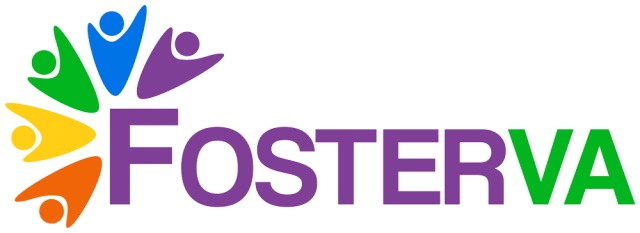TUCKAHOE, Va., Oct. 25, 2024 (GLOBE NEWSWIRE) -- Today, FosterVA, a foster care partner serving Virginia foster youth, released a new analysis and whitepaper after reviewing more than two decades of AFCARS (Adoption and Foster Care Analysis and Reporting System) data. FosterVA highlighted potential gaps and misinterpretations in current child welfare strategies that may leave more foster children, teens, and families without the resources they urgently need.

“Downward trends in the number of children in foster care may seem like cause for celebration,” explained Nanette Jorge, President of FosterVA and partnering agency, Extra Special Parents (ESP). “Instead, our recent whitepaper highlights a myriad of trends that indicate the decreases may be a result of capacity limitation, rather than a decrease in the number of children who urgently need our help.
The analysis and whitepaper call for a new approach to foster care; one that increases resources to understand trends and identify needs, provides intervention alternatives, and robust, culturally competent support of foster children and families in the system, as well as foster teens who age out of care. Five key trends and disparities include:
1 - Volatility Amidst Declines. Despite a 34% decrease in the number of children in foster care since 1998, reductions often reflect not a decrease in need but rather policy and resource allocation decisions. The COVID-19 pandemic underscored this volatility, revealing a hidden demographic of children trapped in abusive or neglectful situations, invisible to the systems meant to protect them. “We’d like to pat ourselves on the back and think that with the help of our industry’s advocacy, fewer kids need help.” says Jorge, of FosterVA. “Instead, within these decreases are indications that something else is at play: fewer resources, policy decisions that impact resource allocation, and systems that stifle innovation in streamlining care.”
2 - Irreconcilable Data Conflicts. It's difficult to reconcile overall AFCARS-tracked decreases with the 550,000+ children known to authorities to have been victims of abuse or neglect in 2022, a small portion of the 7.5 million kids that U.S. Child welfare authorities have on their safety watch, close to 3 million of whom were included in an investigative or actionable response from CPS agencies. Teens who age out of foster care without a family or financial support structure continue to have unacceptably high risks of homelessness, incarceration, or further abuse victimization.
3 - Demographic Shifts. Notable demographic shifts have occurred in the foster care population, with a significant increase in the number of white children in care. In 1998, non-white children approached 65% of the foster care population. By 2022, the percentage of white children grew from 35% to 43%, with non-whites decreasing to 57%. This reflects 28,500 more white children in care than expected based on historical proportions and raises questions about systemic biases or shifts in the underlying causes of foster care placements.
4 - Parental Drug Abuse. Since at least 2015, parental drug abuse, intensified by the opioid epidemic, has become a leading factor causing children to enter foster care, especially for children under five years old. In 2019, JAMA Pediatrics reported a 147% increase in foster care entries due to parental drug abuse. Ripple effects of substance abuse have negative impacts on developing children within bio families, as well as lengthier and/or multiple re-entries into foster care, both upward trends that may follow that of addiction.
5 - Reunification Priority and Ethical Considerations: The foster care system prioritizes rehabilitating families for possible reunification, and provides services such as parenting classes and material support. However, severe abuse or chronic neglect, often exacerbated by parental substance abuse, makes reunification not always in a child’s best interest. In prioritizing birth parent stability, the average time in foster care had fallen, but in recent years lengthened from 19.5 to 24 months. Experts recognize the lifelong consequences for kids impacted during attachment and other critical childhood development periods. The system must balance the goal of preserving biological family ties with the necessity of ensuring not only a child's safety but also long-term health and well-being.
FosterVA and Extra Special Parents (ESP) believe that every child deserves a safe home and a nurturing adult. Since 2006, ESP’s mission has been to support Virginia's foster children and families, with a network that includes over 150 licensed active foster and adoptive families. Together with parents and caregivers in the community, FosterVA and ESP have significantly impacted the lives of countless foster children across the Commonwealth and the country. Only through concerted effort and collaboration can foster and family advocates ensure a more just and inclusive system that efficiently serves the diverse needs of all children.
For further information, please contact: Richard Kingswell, FosterVA | 804-601-1924 | rkingswell@espva.com
A photo accompanying this announcement is available at https://www.globenewswire.com/NewsRoom/AttachmentNg/68dcf99e-ccd8-424b-94f8-85147e8be489


